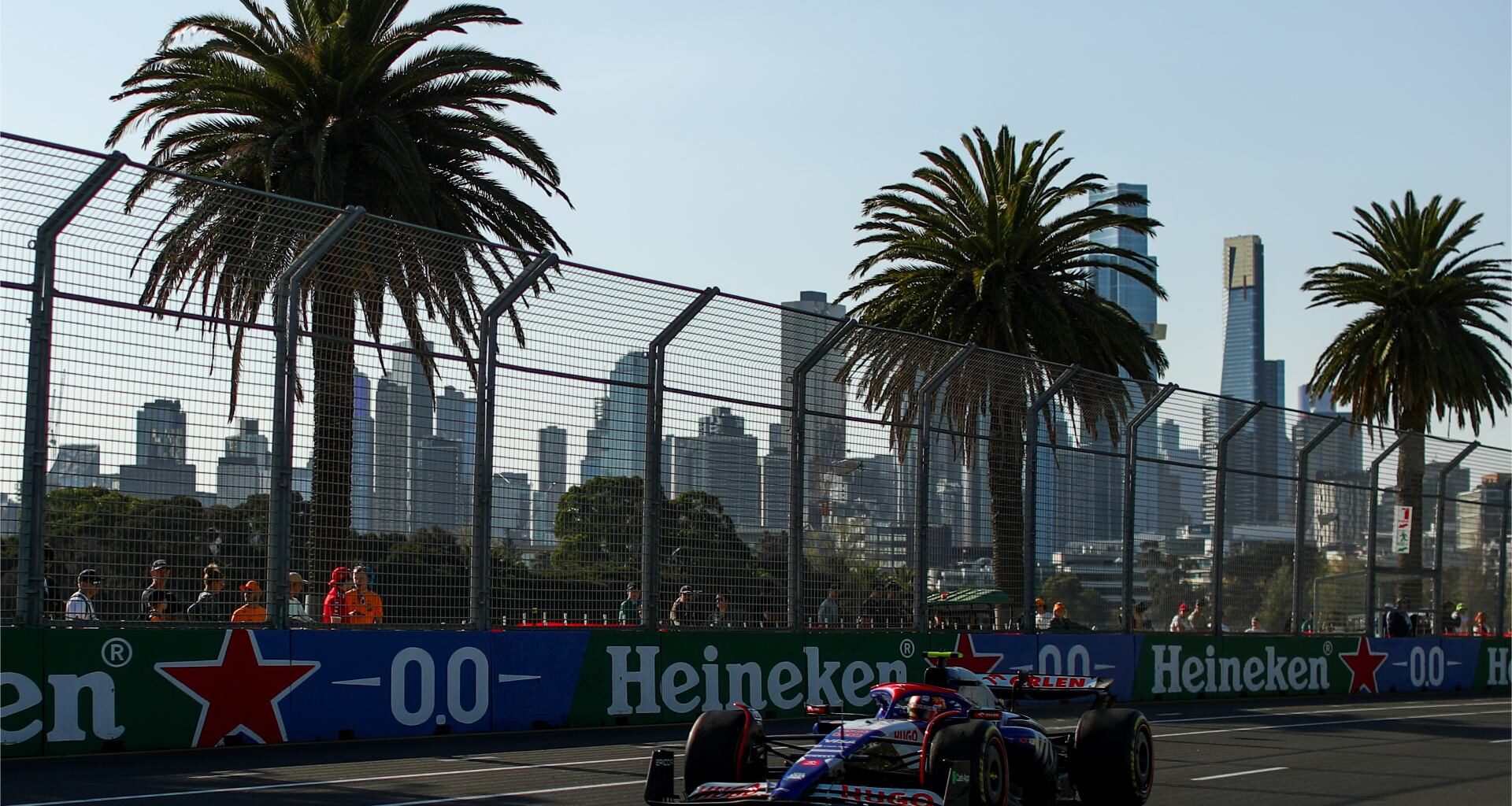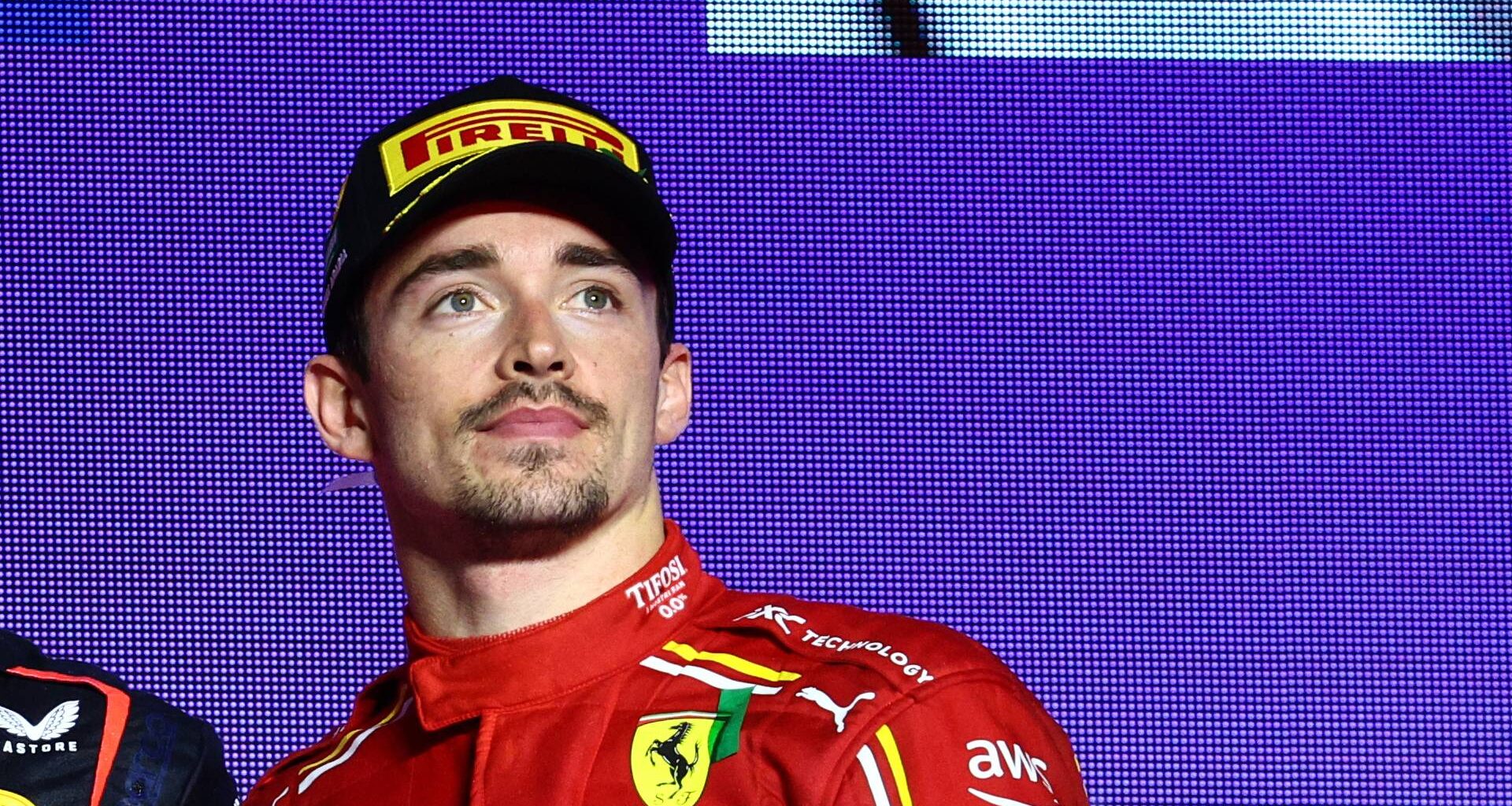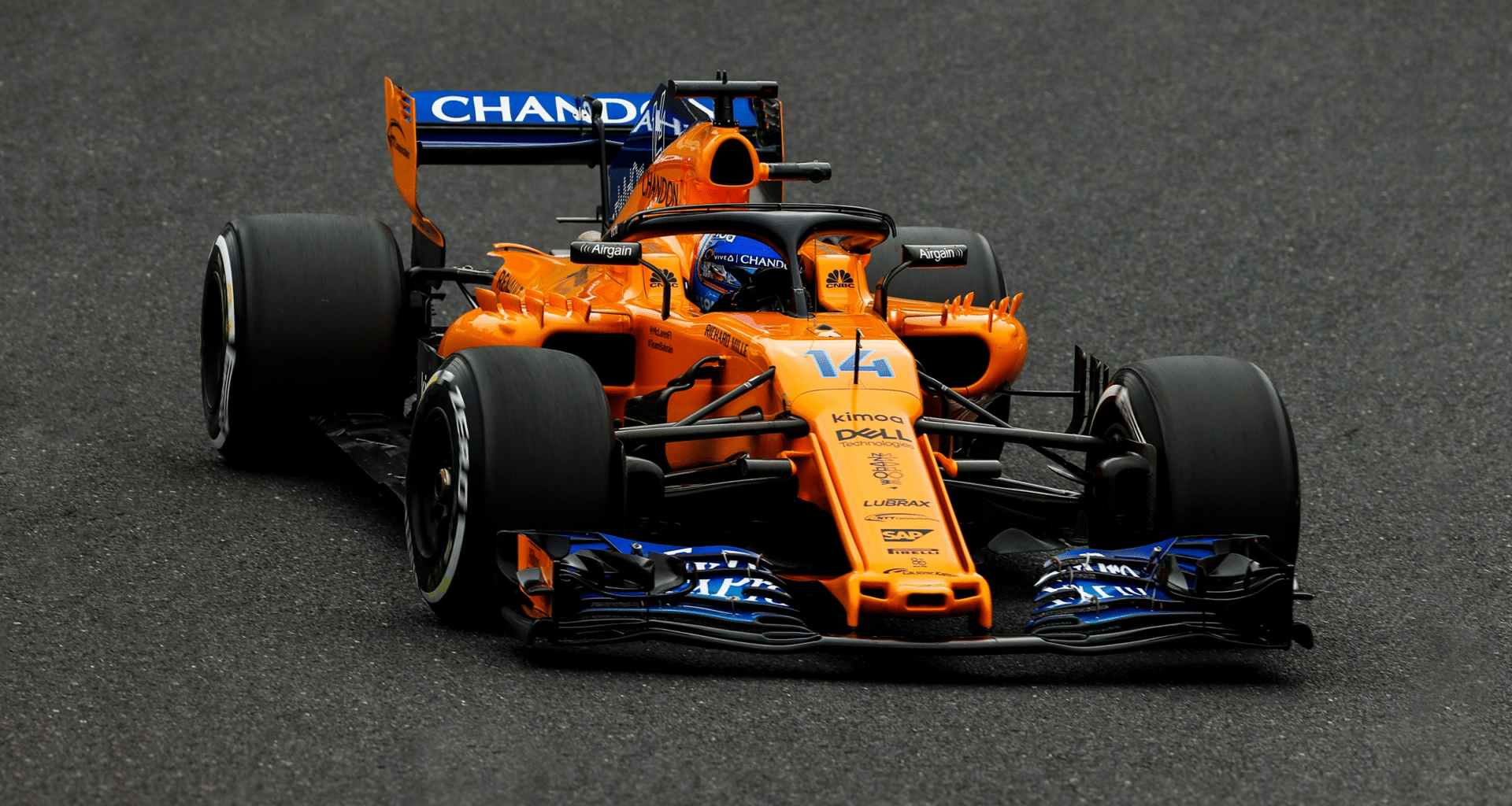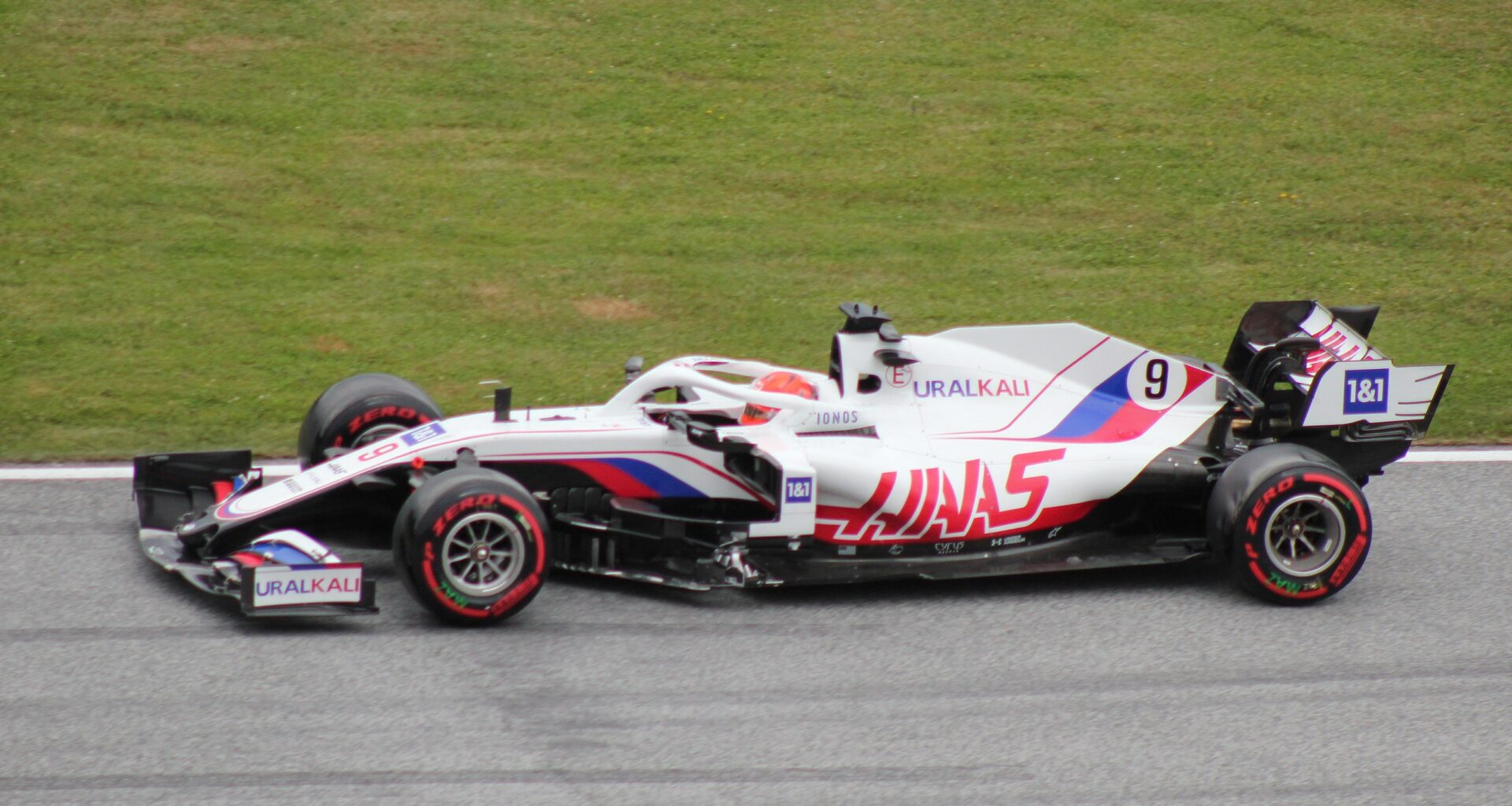Lap timings are one of the most important factors in Formula 1 racing.
In this high-stakes sport, every second, millisecond, and even microsecond matters.
Because of this, every racing lap is meticulously timed, examined, and compared to the performance of other drivers.
Fastest lap times frequently determine a race’s outcome, and this is especially true during qualifying.
The fastest drivers get a better starting position on the grid, helping to set the starting positions for the actual race.
The purple sector times play a role in this since it’s important for drivers to set the fastest lap times during qualifying.
Table of Contents
Understanding F1 Sector Colors and Their Meanings
Three sectors are used on Formula 1 tracks, and each sector is timed separately.
To quickly visualize a driver’s performance in relation to their personal best and the session’s best, the sector times are color-coded.
- Purple sector: The fastest sector time by any driver in the current session
- Green sector: The driver’s personal best sector time but not the overall fastest in the session
- Yellow (or sometimes orange) sector: A driver’s sector time slower than their personal best

The Science and Strategy Behind Achieving a Purple Sector
In Formula 1, obtaining a purple sector requires a deep understanding of the many variables that affect lap times.
This distinction needs the ideal fusion of racing strategy, driver skill, and vehicle performance.
Teams must carefully control tire wear, fuel usage, track conditions, and traffic during qualifying sessions to enable their drivers to turn the fastest lap times.
Excellent sector timings are a result of vehicle setup, aerodynamics, and high-speed precision.
The appropriate balance between pushing a car to its limits and keeping it under control must be struck by the driver in order to prevent mistakes that could result in delays or even accidents.
The purple sector is a difficult and impressive accomplishment because it requires constant tightrope walking.
Famous Purple Sector Moments in Formula 1 History
There have been notable instances throughout Formula 1 history when drivers produced breathtaking purple sectors, frequently resulting in exciting races and surprising outcomes.
At the 1997 Jerez Grand Prix, three drivers—Jacques Villeneuve, Michael Schumacher, and Heinz-Harald Frentzen—set the exact identical qualifying lap time. When the two top drivers on the list were vying for the world championship and Jerez was the final Grand Prix, it was insane.
This extraordinary situation simply serves to highlight how crucial even the smallest advantages may be throughout a race.
How Teams and Drivers Utilize Purple Sector Data
Over a race weekend, Formula 1 teams and drivers study and enhance their performance using purple sector data.
Teams may identify their strengths and weaknesses, modify their car configuration and tactics, and make wise judgments regarding tire selection, pit stops, and other factors by looking at the fastest sector speeds.
Teams sometimes compare sector times between drivers to determine whether driver has a better understanding of particular circuit parts.
This friendly rivalry can promote camaraderie and motivate both drivers to push one another to reach new heights.
The Significance of Purple Sector in Formula 1’s Evolution
In conclusion, the purple sector is crucial to the Formula 1 industry.
It acts as a baseline for drivers and teams to assess their performance and modify their approaches to gain every advantage imaginable.
In the sport, the quest of purple sectors fuels innovation, rivalry, and progress, creating a dynamic and ever-evolving scene that continues to captivate spectators across the world.
The purple sector will continue to serve as a continual reminder of the value of setting the quickest lap times and the never-ending pursuit of perfection in the world’s fastest and most exhilarating racing series as Formula 1 develops and pushes the limits of speed, technology, and strategy.



